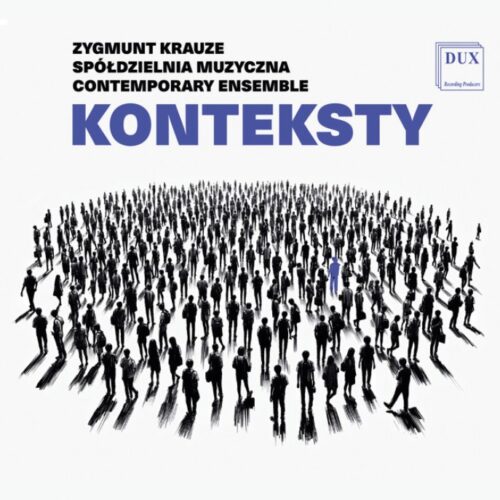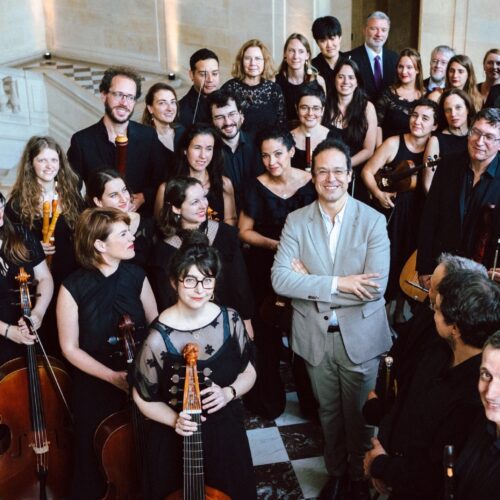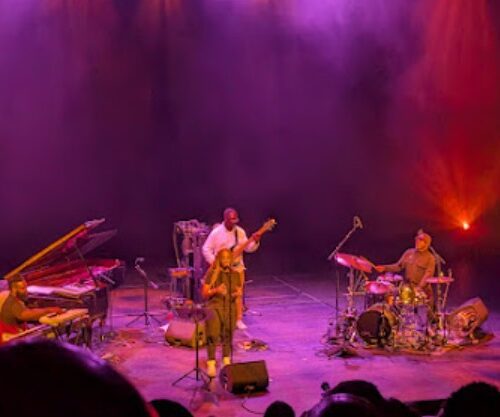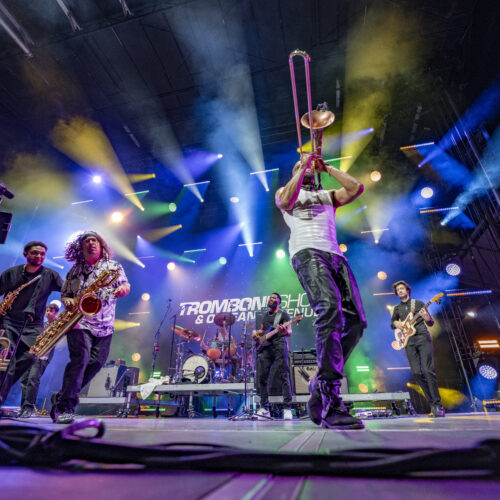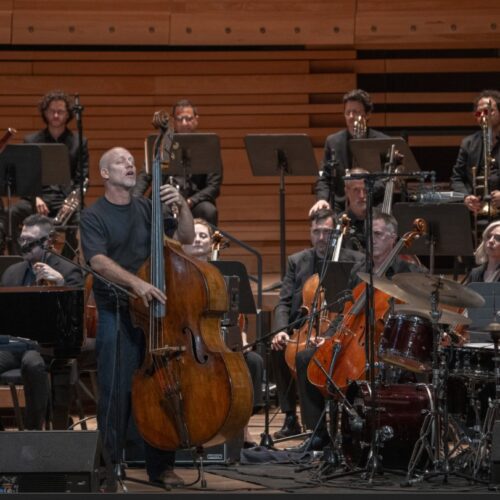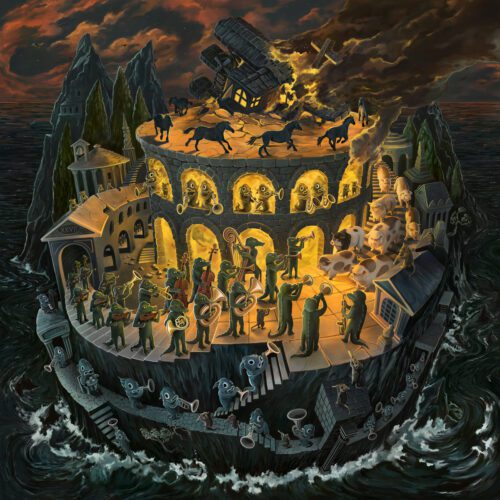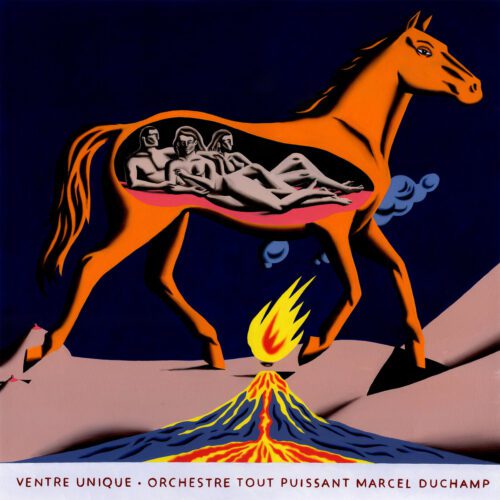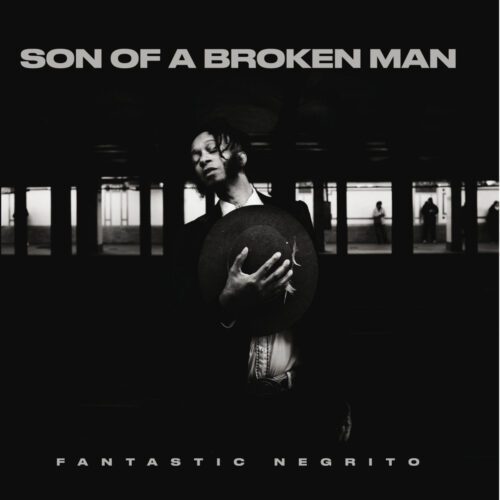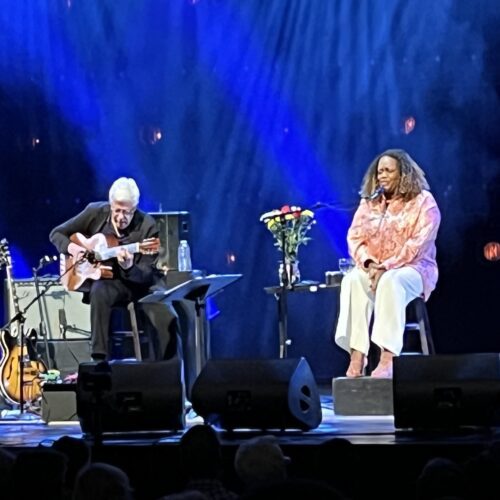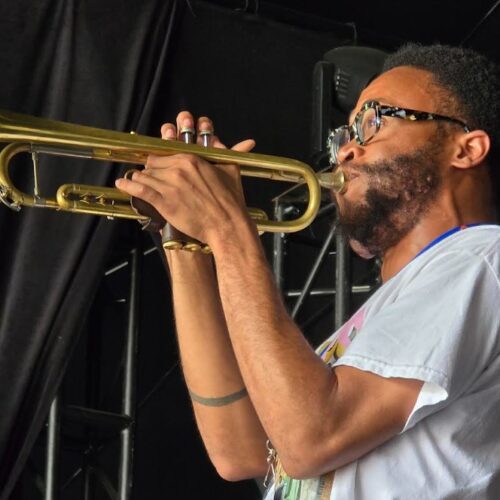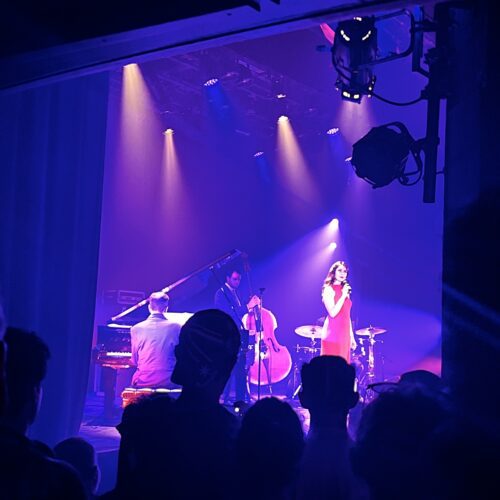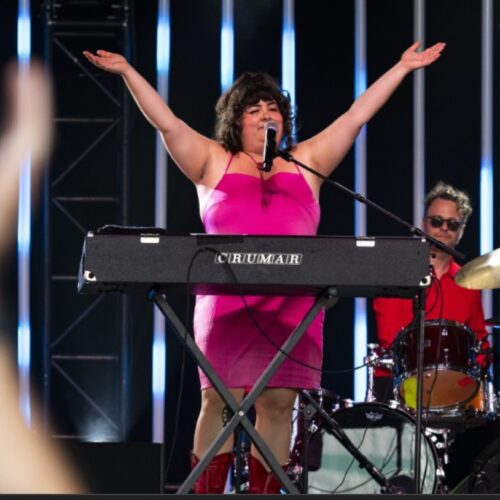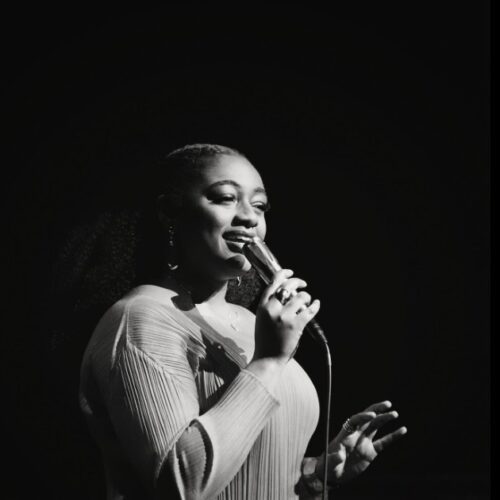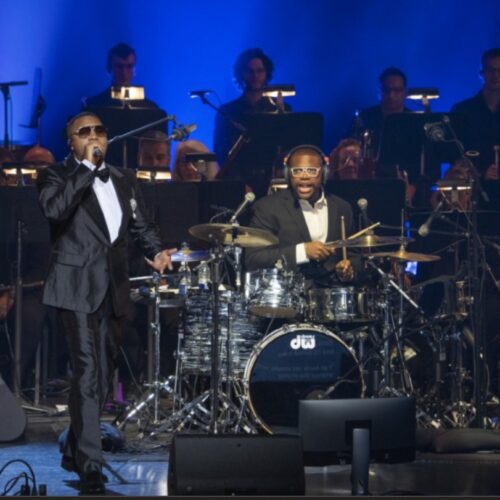Zygmunt Krauze (born in 1938) has worked in just about every profession connected with the world of music. He is an award-winning pianist, but he has also taught composition, been artistic advisor to IRCAM, president of the Polish Society for Contemporary Music, and much more. As a composer, he is the author of numerous works for ensemble or orchestra, operas, music for theater and “space music” (for installations). He is also one of the few exponents of unism in music (unism is a theory developed by the Polish painter Wladyslaw Strzeminski and first applied to the plastic arts). This translates into music that avoids strong contrasts and seeks instead to produce a homogeneous sonority.
The ensemble Spółdzielnia Muzyczna (or “music cooperative”) is made up of around ten musicians, and the composer joins in at the piano on two pieces, including the very special Poem of Apollinaire (2016), written for “pianist/narrator playing a detuned upright piano and 12 optional instruments”. Guillaume Apollinaire’s poem “La Jolie Rousse” is declaimed in Polish by the pianist, who regularly lays down chords with cleverly twisted harmonies before launching into a melody that makes you feel a little dizzy.
The composer likes to vary sound textures; in Song (1974), written for “4 to 6 optional melodic instruments” (here: flute, clarinet, saxophone, 2 violins, viola and cello – yes, that makes 7), the instrumentalists have to hum bits of their score, while in De ira, de dolore (2022), it’s a layer of vaporous electronic tones that supports an ensemble that holds its own quite well in the fortissimo (the strings are strummed with force, the sound of the sax or clarinet is saturated, etc.). ).
The Quatuor pour la naissance (1985) was written for the same configuration as Olivier Messiaen’s Quatuor pour la fin du temps (1940): violin, cello, clarinet and piano. The ensemble occasionally presents both pieces on the same program. Krause’s quartet is said to have been inspired by a visit to the hospital to witness the birth of his son, a moment he described as marked by “violence, pain, hope, joy and love”. The piece ends with a few solo piano notes, the very last of which is very dry and short, almost as if the recording had been cut. This is followed by Elegy (2022), for violin, cello and piano, which begins as the previous piece ended, and really seems to be its sequel.
Excellent program, fine interpretations, good production – in short, the best way to put Zygmunt Krauze’s music into context.
